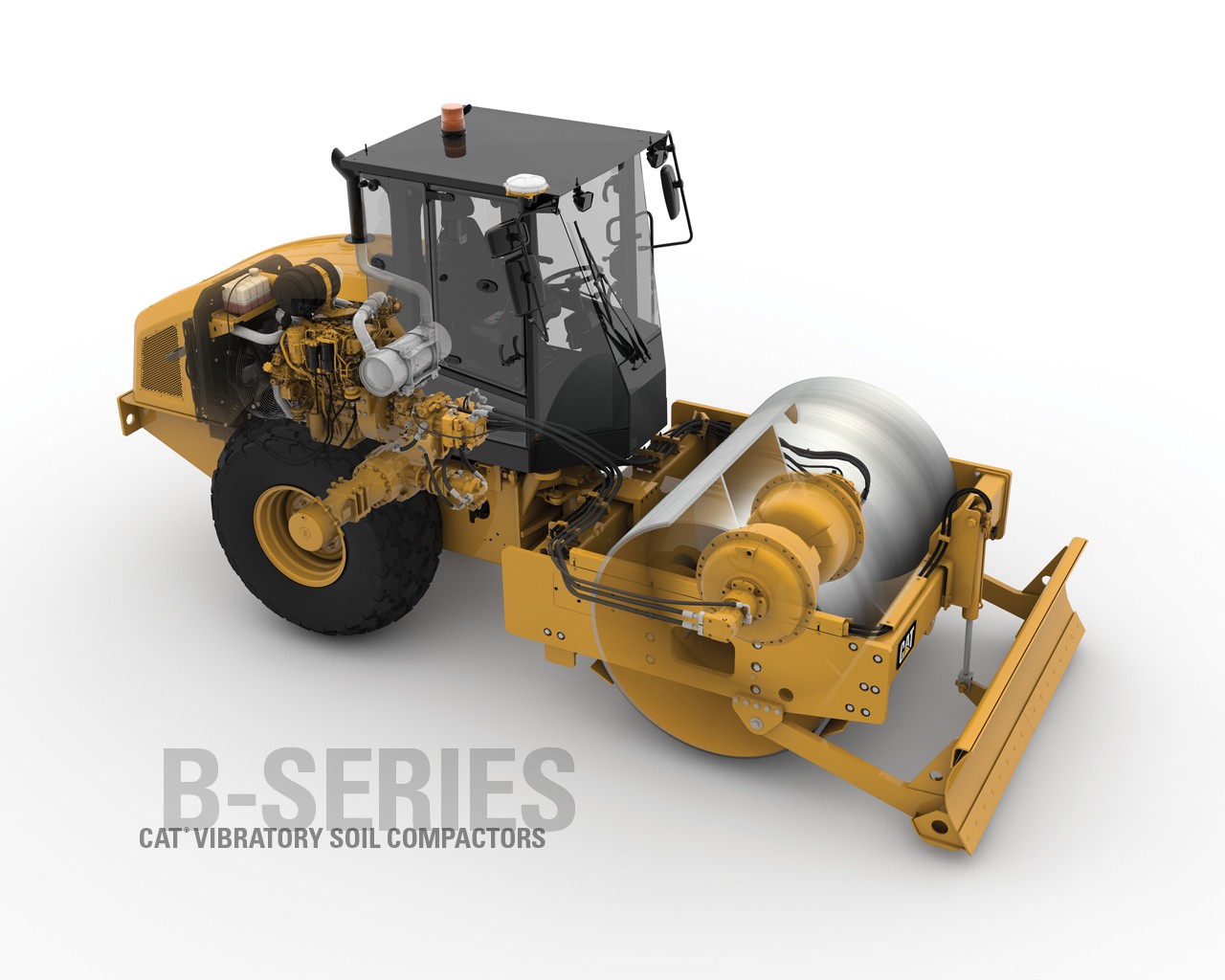
Operation Guidelines for Compactors
As we know, every kind of machinery requires regular maintenance in order to produce the results it is expected to achieve. Equipment that is utilized without improper maintenance procedures will depreciate faster than the equipment that is maintained properly. Compactors, all types, require more than just regular upkeep; machinery operators are required to follow specific guidelines to ensure safe and proper use. This article highlights the safe operation and maintenance guidelines for Compactors.
Types of Compactors
To begin with, a compactor is a machine or mechanism used to reduce the size of material through compaction. There are various kinds of compactors when focusing on their structure, maintenance and handling. Cat® Compactors usually come in various categories, including landfill, pneumatic, soil, tandem vibratory rollers and vibratory soil compactors. When buying a used or new compactor for your site, keep in mind to invest in equipment type that suits your regular project requirements the best, as it allows you to utilize the heavy machinery without the risk of early depreciation.
Operation Manuals and Machine Maintenance
The manuals are an important component of machinery purchase. In fact, it should be the first thing you
should ask your manufacturer. You may get three kinds of manuals on purchase of your heavy machinery or after. These include service manuals, operators’ manual, and parts manual.
The Service Manual:
Service manual is also known as the shop manual or the repair manual that is designed to help construction site managers and equipment operators understand how to maintain a Cat Compactor and fix it in case of need. Service manuals normally consist of Systems Operation, which explains how various systems are functioning inside the machinery, Testing and Adjusting – which outlines the procedure of diagnostics and troubleshooting, Disassembly and Assembly – which includes details about the procedure, tools required, and safety preparations during a repair. These are technical in nature, and require a specialized or trained operator who knows and is capable of understanding technical specifications.
The Parts Manual:
The parts manual consists of all parts, with the location and a unique part number,
through which it can be ordered.
The Operation and Maintenance Manual:
The operators’ manual is a complete operation manual that helps equipment operators understand the compactor’s capacities, machine utility procedures, improving productivity by providing tips, maintenance procedures, and the recommended interval to perform those procedures. This manual will help to operate the machine with maximized productivity and to optimally maintain the machinery. Operation manuals play a key role in helping operators maintain equipment on site.
Each manual contains specific information regarding the various parts and capacities of the equipment that help you analyze the underlying problems that can make them easy. Additionally these manuals allow you to comprehend the functionality of the equipment so you can utilize it according to manufacturer’s guidelines. With each manual comes a set of specific instruction, so make sure that you ask your manufacturer for all manuals while purchasing a compactor for your site.
To conclude, before utilizing any type of compactor understand the safe operation and maintenance requirements. Your equipment operator should be capable of not only understanding but resolving the myriad issues that may come as a result of improper operation. Talk to your equipment manufacturer or supplier about the safety and maintenance guidelines before any operation.
For more information on Cat Compactors, visit –
https://www.albahar.com/products/new/machines/category/compactors/current/406/459






